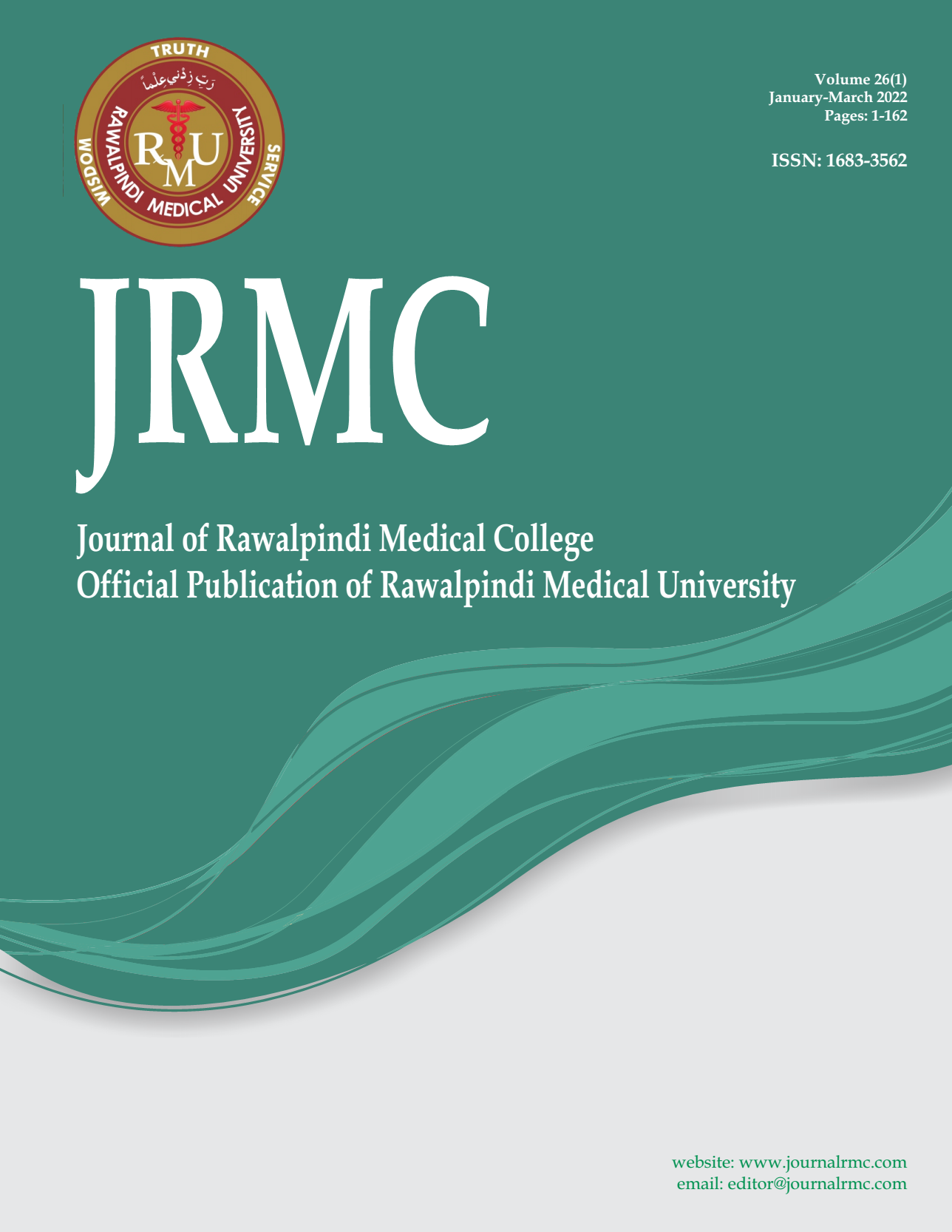Abstract
Introduction:At the end of December 2019, the novel coronavirus began to spread in central China and soon became a pandemic.
Unfortunately,all elective dental treatments including orthodontic visits were postponed and patients could not be counselled on how to
manage orthodontic emergencies that they could encounter at home. Teledentistry can play a major role in providing instructionsto patients during
quarantine.
Objective:The study aimedto assess the awareness of orthodontic patients regarding the management of orthodontic emergencies
and their psychosocial well-being during the novel coronavirus pandemic through Tele-dentistry.
Materials and Methods:A questionnaire-based study
was conducted on two groups during the lockdown period in which their anxiety, psychological status,and their ability to manage orthodontic emergencies
at home during the COVID-19 pandemic lockdown wereassessed through teledentistry.
Results:A total of 170 patients participated in our study, Independent
sample t-test was used to compare the means ofthe group's control and experimental. Statistically,a significant difference was determined between the two
groups regarding their psychosocial well-being (social media embarrassment p=0.049, awareness ofhow to manage orthodontic emergencies p=0.00).
The participants displayed a better understanding of how to deal with orthodontic emergencies at home after having instructions. 48.2% of the
patients selected voice call as a preferred mode of instruction for managing orthodontic emergencies at home.
Conclusion:Experimental group of patients
wasmore aware ofhow to manage orthodontic emergencies and they were less anxious. Teledentistry has proven to be an important tool for providing
instructions to anxious patients as well as reducing the spread of coronavirus due to lack of contact. Voice call was the preferred mode of instruction.
Keywords:Anxiety, COVID-19, Orthodontic emergencies, Tele-dentistry.

This work is licensed under a Creative Commons Attribution-ShareAlike 4.0 International License.
Copyright (c) 2022 Journal of Rawalpindi Medical College





